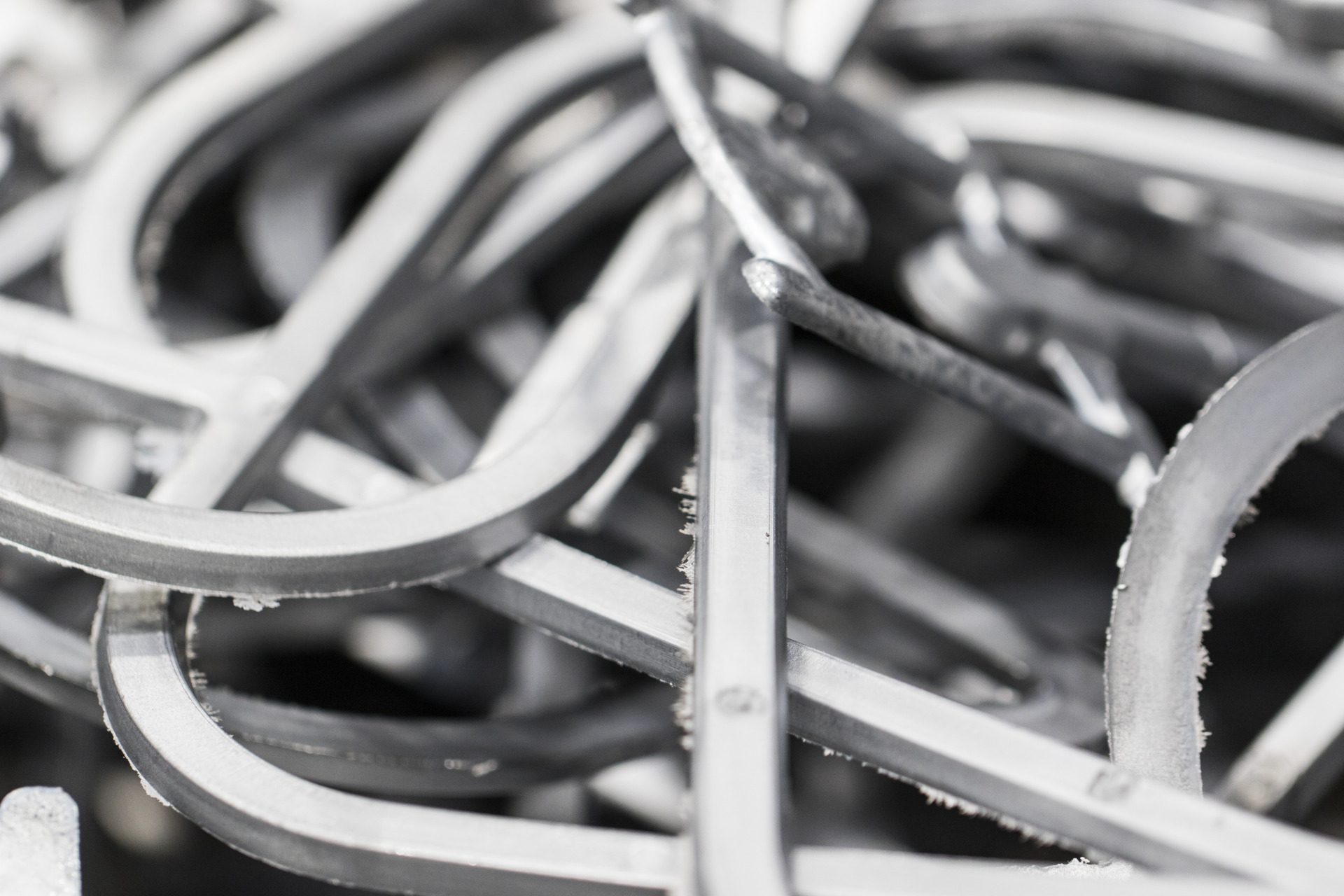Aluminium – material life cycle and circularity in our production

Aluminium as a die casting material is durable, lightweight, and fully recyclable. In this article, we explore the life cycle of aluminium in our production process, where it circulates in a closed loop from manufacturing to new products. At the end, you’ll find a video visualizing the aluminium cycle using thermal imaging.
What gets recycled in production?
The aluminium die casting process inevitably produces some excess material. For example, vent runners, gating systems, and possible overflow are considered production surplus. All of this material is recycled in our foundry operations. Any defective products are also returned to the foundry. Even machined and post-processed parts can be remelted in-house. Only assemblies containing other metals are recycled through our partner Stena.
About the recycling process
In the recycling process, the material is melted in the same furnace used for new material. Before being transferred to the dosing furnace, recycled material goes through exactly the same steps as new material, including melt purification and degassing.
Surplus material is fed into the melting furnace while still warm to save energy. In the thermal imaging video below, you can see how the process works. Our die casting machine cells are designed so that surplus material is automatically fed into trolleys, which are efficiently transferred to remelting.
Energy-efficient furnaces ensure that nothing is wasted during the foundry process. They also improve the overall cost-efficiency of the process. During metal melting, materials are preheated before actual melting, which reduces the energy intensity of the process. This allows us to melt more kilograms of aluminium with less energy. After melting, the furnace maintains the material at the desired temperature before it is transferred to the dosing furnace next to the casting machine, ready to start the process again.
Quality of recycled material
Recycled aluminium is of the same quality as new material. At the Alsiva foundry, we use 100% recycled material.
To ensure material quality, several methods are employed. In our foundry, a significant amount of aluminium ingot—referred to as “new” material in this article—is always melted together with recycled material. However, the ingots we use are also fully recycled. The ingot supplier monitors their quality through concentration measurements and reporting.
Summary
Aluminium can be recycled indefinitely. In our foundry, we use 100% recycled aluminium, and material also circulates internally. The recycling process aims to minimize wasted heat through material preheating and energy-efficient furnaces. Recycled material matches the quality of new material, allowing our customers to benefit from the advantages of recycled material while maintaining high product quality.